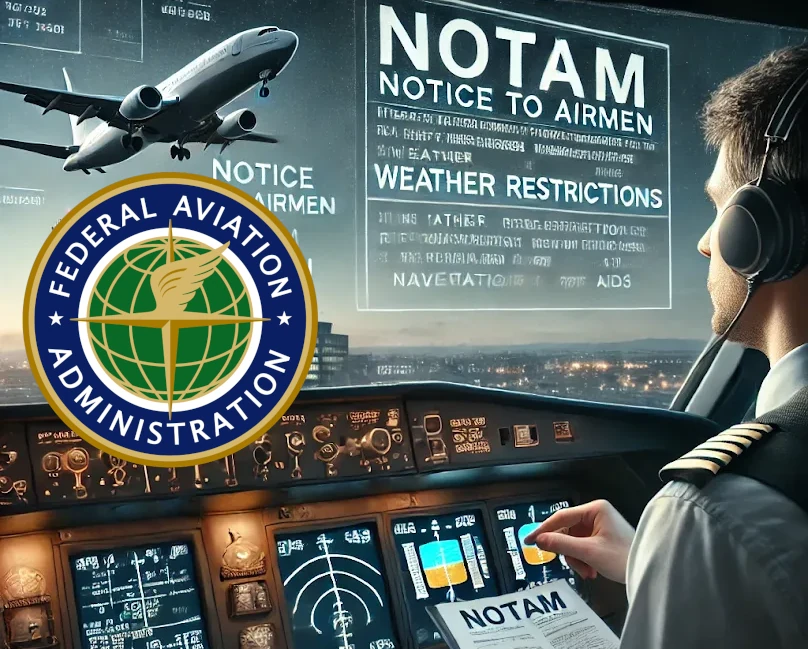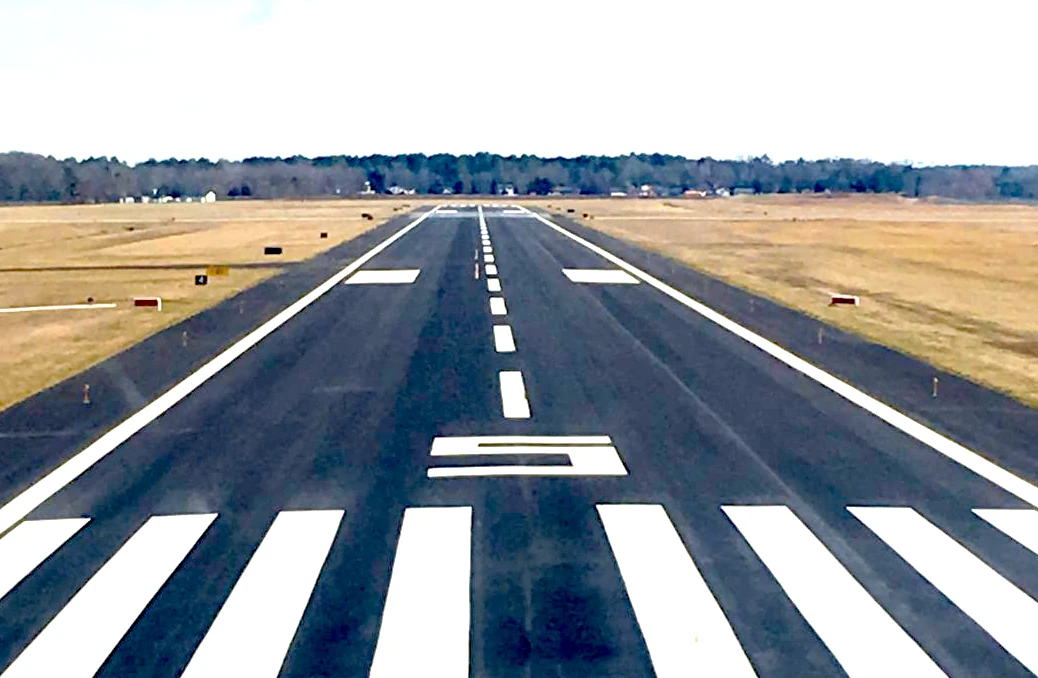
FAA Reverts ‘Notice to Air Missions’ Back to ‘Notice to Airmen’
In a recent move by the Federal Aviation Administration (FAA), the term “Notice to Airmen” (NOTAM) has officially been reinstated, replacing the previously used “Notice to Air Missions.” This policy shift reverses a decision made in 2021, which sought to make the term more inclusive (DEI) to reflect a broader range of aviation professionals, including unmanned aircraft systems (UAS) operators. The FAA’s decision to bring back the more traditional term has generated mixed reactions within the aviation community. (faa.gov official notice)
A History of NOTAMs and Their Role in Aviation
NOTAMs play a vital role in the daily operations of pilots and air traffic control, providing essential information regarding flight operations. They cover a wide variety of subjects, including temporary flight restrictions, airport closures, navigational aids, and important updates about weather conditions, runways, or equipment malfunctions.
Before any flight, pilots must review NOTAMs to ensure they are aware of any airspace changes, restrictions, or hazards that could affect the safety of their operation. This information is essential for pre flight planning and contributes significantly to flight safety. According to the FAA’s regulations under CFR 91.103, it is the pilot’s responsibility to be well informed about these notices.
In the past, the term “Notice to Airmen” was used universally across the aviation industry. However, the push for gender neutral language in many professional fields led the FAA to adopt the phrase “Notice to Air Missions” in 2021. The idea was to broaden the term to be more inclusive of all aviation personnel, especially with the rise of unmanned aircraft and non traditional aviation careers. However, this change wasn’t without its critics.
The Return to ‘Notice to Airmen’
After just two years, the FAA has decided to reinstate “Notice to Airmen,” a term that has been a staple in aviation terminology for decades. This change comes after considerable feedback from various stakeholders within the aviation industry, including flight schools, pilots, and organizations. The return to the original terminology aims to maintain consistency and align with long established practices within the sector. While many in the aviation community may welcome this change, it has also led to some concerns about inclusivity.
Despite the push for inclusivity in aviation, some industry professionals argue that the term “Airmen” is widely recognized and deeply embedded in aviation history. In fact, many flight schools and aviation organizations use the term as part of their branding, and switching the language might create confusion or disrupt the consistency of industry communications.
The decision by the FAA also highlights a critical aspect of regulatory changes which aren’t always straightforward. Policy shifts can be influenced by public sentiment, changing societal norms, and the evolving nature of the aviation industry. As such, even well meaning changes can sometimes backfire or need to be reevaluated over time.
Implications for Flight Schools and Training Programs
For flight schools and aviation training programs, staying updated on regulatory changes is paramount. As this term change and reversal may impact teaching materials, communication, and even marketing, flight school owners should be proactive in adjusting their operations accordingly.
Flight schools that provide training for commercial pilots or those specializing in unmanned aircraft systems (UAS) need to ensure that their curriculum is aligned with the most current regulatory language. Keeping training materials up to date with the FAA’s changes will not only ensure compliance but also help students develop a better understanding of the industry’s terminology.
Additionally, understanding the broader implications of FAA decisions can help flight school owners stay ahead of trends, prepare their students for upcoming changes, and demonstrate expertise to prospective pilots. Staying informed is critical for maintaining a competitive edge in a constantly evolving aviation market.
Adapting to Change in Aviation
In aviation, staying informed and adaptable is crucial for continued success. The FAA’s decision to reverse the terminology change highlights the complex relationship between regulatory bodies, aviation professionals, and societal shifts. By staying updated and responsive to these changes, flight schools can provide their students with the most relevant, up to date training experience possible. Flight school owners who prioritize ongoing education and compliance can build a reputation for excellence, ensuring they remain a trusted resource for the next generation of pilots.
At the end of the day, embracing these changes, whether they are seen as beneficial or controversial, helps the aviation community continue moving forward. Flight schools can play an important role in this process by educating and preparing students for a safe, informed, and successful career in aviation.

Content contributed by:
Tim Jedrek
Tim Jedrek is a passionate aviator, author, entrepreneur, and digital marketing expert dedicated to helping flight schools grow and scale their aviation businesses. As the founder of Right Rudder Mark...
View Profile

